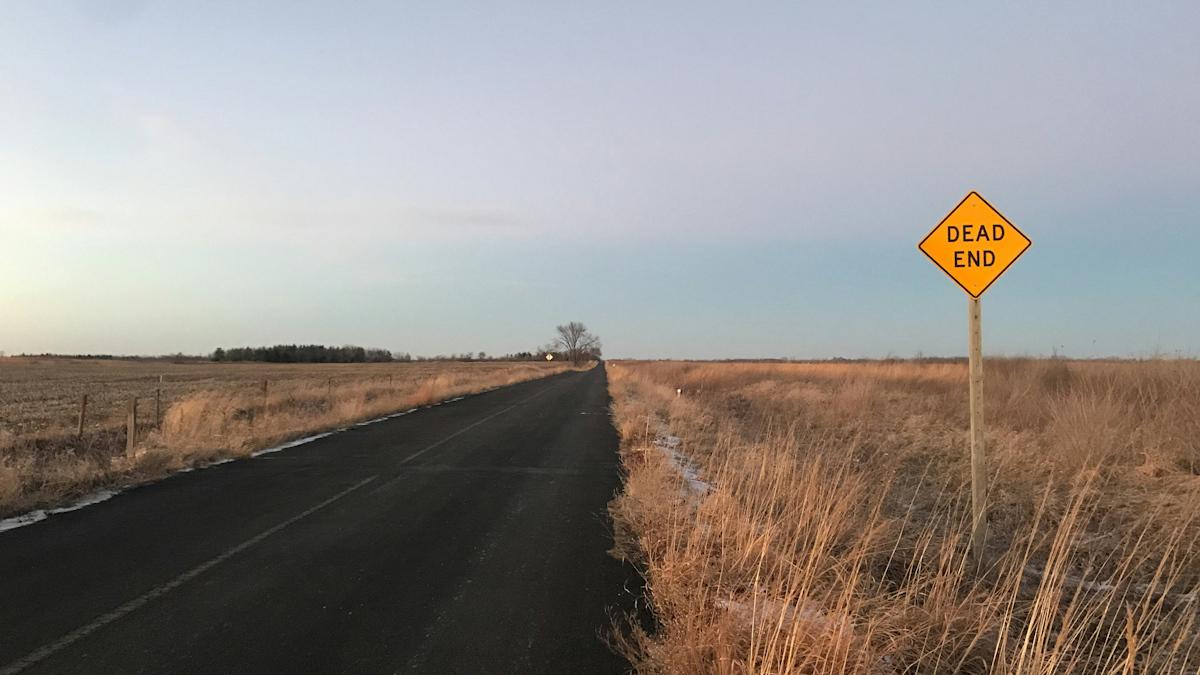FDA dents J&J's blockbuster hopes for Rybrevant

Johnson & Johnson's hopes of quickly building its new cancer drug Rybrevant into a $5 billion product have been undermined by an FDA decision.
The US regulator has turned down J&J's marketing application for a subcutaneous (SC) formulation of EGFRxMET bispecific antibody Rybrevant (amivantamab) – used to treat non-small cell lung cancer (NSCLC) – which is viewed as key to the drug's chance of hitting that lofty sales target.
In a statement, J&J said that the complete response letter (CRL) was issued as a result of a pre-approval inspection that raised concerns at the FDA, and is unrelated to "the product formulation, or the efficacy and safety data submitted in the regulatory application."
It also confirmed that the FDA has not requested any additional clinical trials, which could mean that the delay to the programme is relatively short. The drugmaker's oncology head, Yusri Elsayed, said the company is "working closely with the FDA to bring SC amivantamab to patients as quickly as possible, and are confident in [the] path to resolution."
Nevertheless, it is a setback for J&J. The current intravenous formulation of Rybrevant has picked up four FDA approvals in previously untreated and relapsed/refractory EGFR-mutated NSCLC - as a monotherapy and in combination with other drugs, including chemotherapy and the company's companion EGFR inhibitor Lazcluze (lazertinib) - and is tipped as a major competitor to market-leading EGFR inhibitor Tagrisso (osimertinib) from AstraZeneca.
Tagrisso made sales of $5.8 billion last year and was bested by Rybrevant/Lazcluze in the MARIPOSA trial, although, so far J&J hasn't revealed sales figures for its product.
The IV version has issues that may hold back its uptake, however, according to GlobalData. That includes a need for split dosing in some cases, prolonged infusion times, and infusion-related adverse events (IRAE) that need to be managed carefully.
The SC formulation, which is more convenient, seems to be easier to tolerate and offered improved survival compared to the IV version in the PALOMA-3 trial, is a key part of GlobalData's predictions of $4 billion for Rybrevant by 2030. Around 50% of that total is expected to come from its combination with Lazcluse.
"Backed by interim overall survival data showing a strong favourable trend compared to osimertinib, we believe strongly in the robust efficacy and safety of Rybrevant – both as a standalone treatment and in combination with Lazcluze," said Elsayed.
"We're proud to have helped so many patients in the front-line setting already with Rybrevant and look forward to further expanding treatment options with our SC formulation pending regulatory review and approval."












